Small Cars Flourish, Yet Profitability Remains Elusive
![]() 04/02 2025
04/02 2025
![]() 566
566
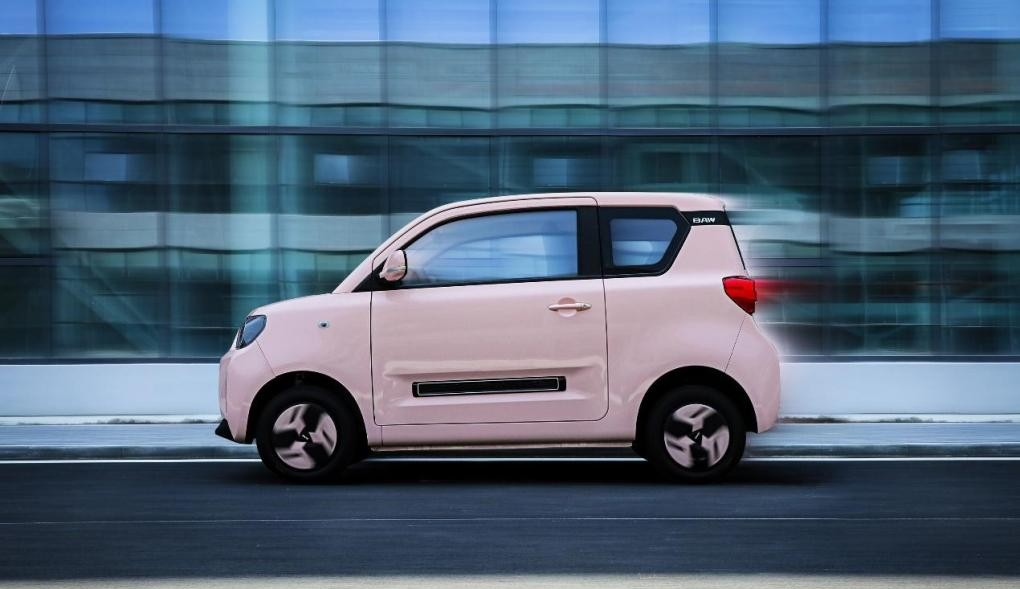
Introduction
Micro and small cars, being the most affordable segment, serve as both a quintessential microcosm of the automotive market's price wars and a glimpse into its inevitable future.
If there's any segment in the automotive industry currently experiencing anomalies, it's undoubtedly the micro and small car market.
As traditional models like the Ford Focus, Mazda 6, and Mercedes-Benz A-Class announce their discontinuations, the micro and small car market is buzzing with the return of old players and the high-profile entry of newcomers.
On March 31, following the unveiling of five exterior color options, NIO's pure electric small car, Firefly, revealed its interior design, sparking further industry discussions. As NIO's third brand, Firefly positions itself as a boutique small car, highlighting the segment's current popularity.
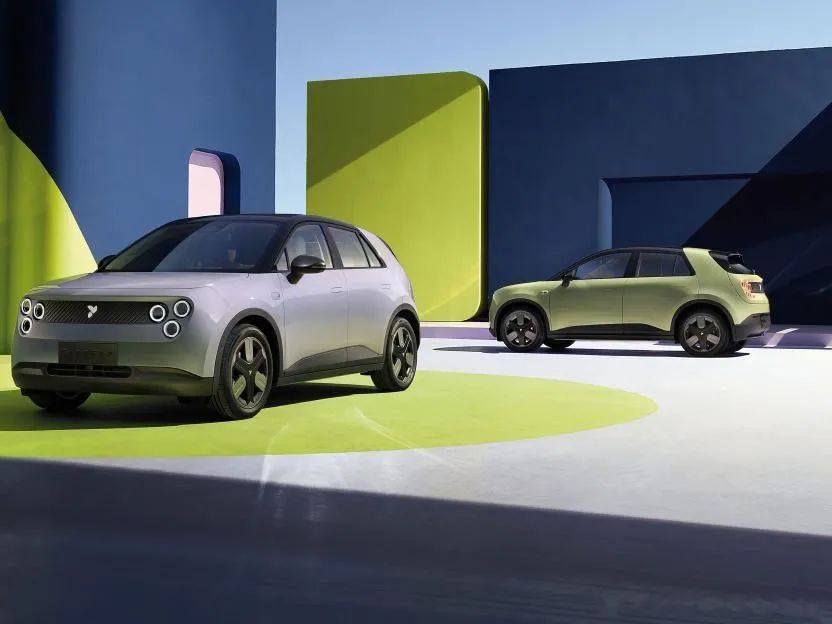
Shortly thereafter, Chery announced that its iconic model, the Chery QQ, would make a high-profile comeback at the Shanghai Auto Show as an electric vehicle. Meanwhile, Leiding Automobile, silent for two years, is also banking on the micro pure electric segment, aiming to "make a comeback" with its offerings.
It's reported that Leiding Automobile has announced the launch of the "Leiding A50," based on a new intelligent micro-car platform, with an expected market release in the second half of this year. Subsequently, Leiding Automobile will also introduce the two-door version, the "Leiding A51," and the annual model update, the "Leiding A52." All three models in the Leiding A50 series are pure electric small cars.
New players and traditional automakers are increasing their investments in the micro and small car segment, reflecting the market's prosperity. According to statistics from the Passenger Car Market Information Linkage Council, in 2024, the wholesale volume of A00-class sedans reached 1.2557 million units, with a cumulative increase of 41% in manufacturers' wholesale sales; domestic retail sales amounted to 1.2579 million units, with a cumulative increase of 32% in retail sales.
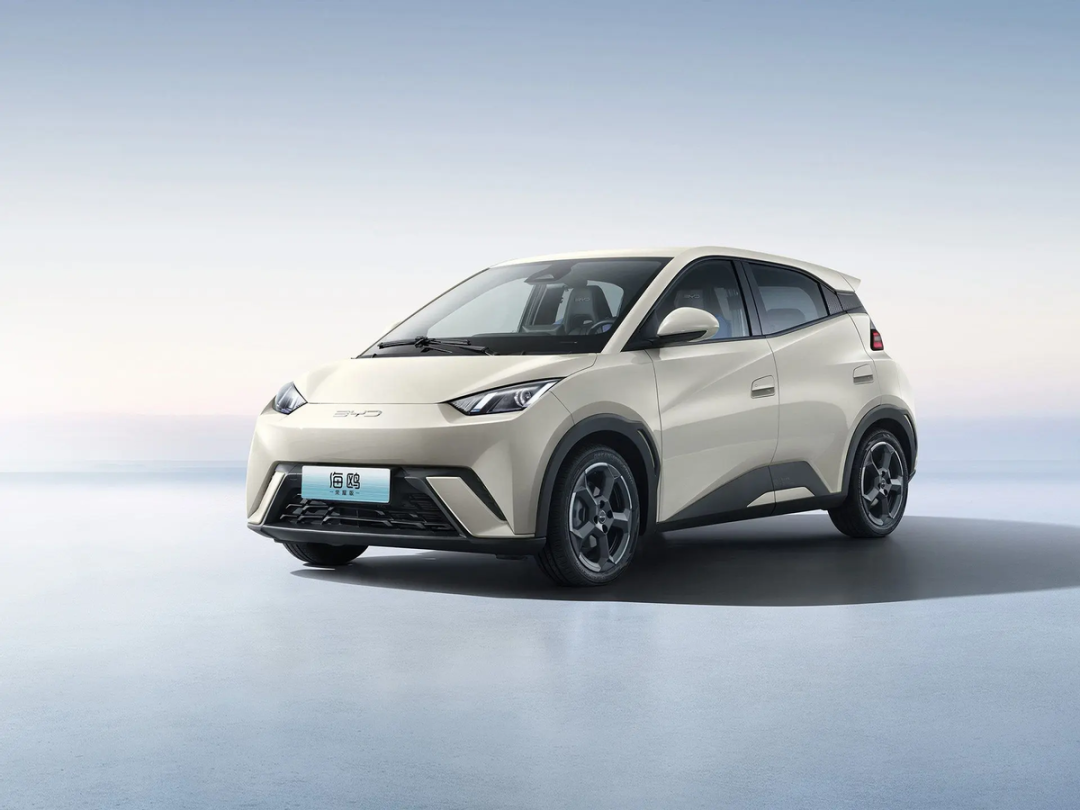
Despite this prosperity, micro and small cars struggle to break through the profit dilemma. On one hand, low-cost, high-volume small cars rely on a business model of small profits but quick turnover. With the intensifying price war, prices in the A00 and A0 segments are converging with those in the A-class market, diminishing the once significant price advantage. As a result, these cars must adopt a pricing strategy that prioritizes volume over price, further compressing profits per vehicle. On the other hand, boutique small cars priced above 100,000 yuan are niche products in the Chinese market, which prefers larger vehicles. Whether it's the BMW MINI or the smart, they both follow a delicate path of being small but beautiful. While their profits are more substantial, their sales volumes cannot compare to those of high-volume small cars.
Caught between sales and price, the persistent curse of small cars selling well but not making money remains inevitable.
01 The Small Car Market Welcomes a New Spring
Since the launch of the Wuling Hongguang MINI EV in 2020, its extremely affordable price combined with practical positioning quickly won over consumers. Besides achieving milestones like selling over 120,000 units in half a year and 1 million units in two years, becoming the fastest single new energy vehicle model to reach 1 million sales globally, the Wuling Hongguang MINI EV revitalized the once struggling micro and small car market, bringing it a new lease on life.
As early as 2022, Cui Dongshu predicted that with the continuous improvement of electrification, the product design of micro electric vehicles is becoming increasingly optimized, and their advantages are gradually being accepted by consumers. There is enormous potential for the development of micro electric vehicles.
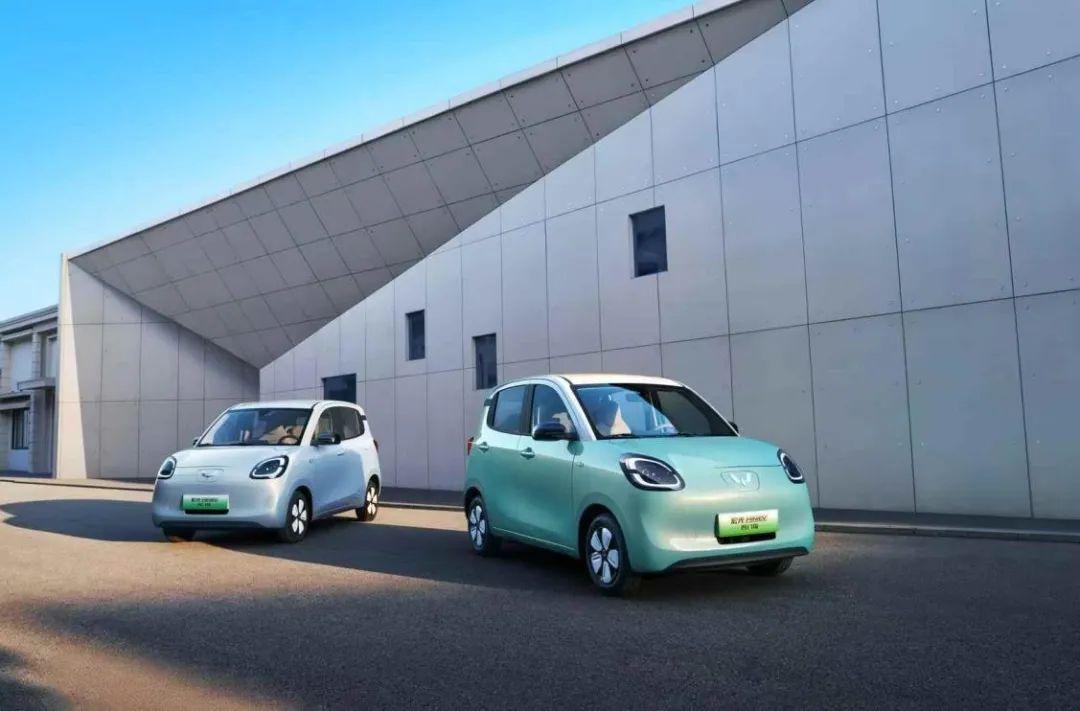
Considering China's future aging trend, especially the significant increase of nearly 10% in the population aged 60 and above after 2020, Cui Dongshu pointed out that the aging of the consumer group will hinder the development of A-class vehicles, benefit the sales increase of A00-class vehicles, and promote the development of micro electric vehicles.
Moreover, the average household size in China will continue to decline, but the rate of decline will stabilize. Affected by this, the growth rate of the number of households will be faster than the population growth rate. In the coming years, as the total number of households has not yet peaked, micro electric vehicles will also be more in line with the trend of smaller families in China.
In line with Cui Dongshu's prediction, after witnessing the immense success of the Wuling Hongguang MINI EV, both traditional automakers and new players have launched micro and small pure electric vehicles, turning the micro-car market from a blue ocean into a red ocean once again. Data shows that in 2024, sales in the A00 and A0 segments increased by 355,000 units.
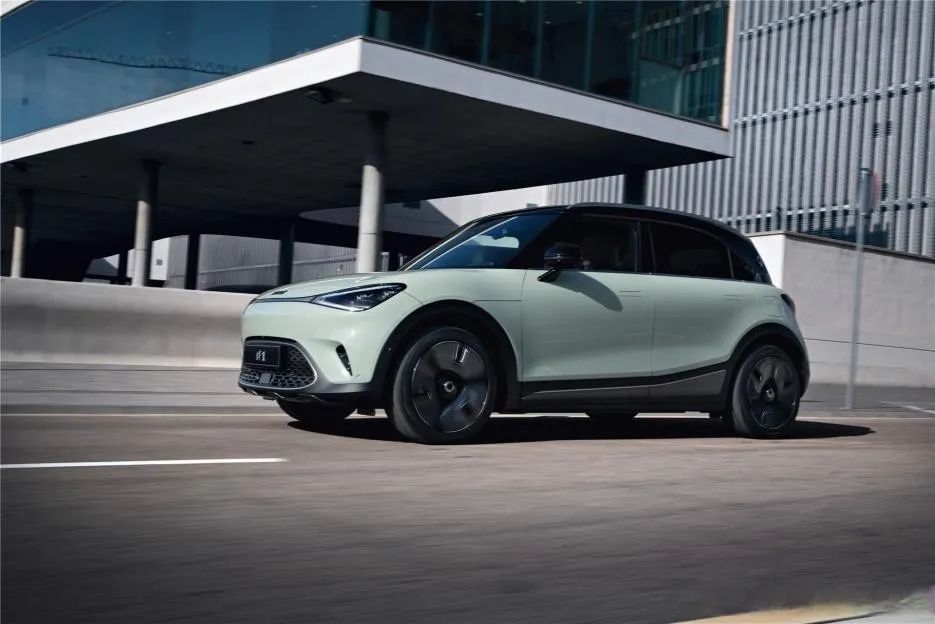
In January 2025, the wholesale volume of A00-class sedans was 116,700 units, with a year-on-year increase of 38% compared to the same period last year, accounting for 13.45% of the wholesale share. Cui Dongshu, Secretary-General of the Passenger Car Market Information Linkage Council of the China Automobile Dealers Association, said that the A00-class market is witnessing a resurgence of competition among numerous brands, similar to that seen 20 years ago. Recently, diversified A00-class main models and new products from BYD, Geely, Changan, Chery, FAW Besturn, and other companies have performed prominently, and micro electric vehicles are gradually demonstrating their incremental potential.
At the same time, the A0-class market is also gaining momentum. Data from the Passenger Car Market Information Linkage Council shows that the wholesale volume of A0-class sedans was 79,200 units in January 2025, with a year-on-year increase of 25% compared to the same period last year, accounting for 9.13% of the wholesale share.
Together, A00-class and A0-class sedans account for nearly 23% of the market share.
02 Running Alongside While Losing Money
Although the micro and small car market is substantial, not everyone can enjoy a slice, and even if they do, there may not be much profit to be made.
Taking the iconic Wuling Hongguang MINI EV as an example, in its most successful year of 2022, the Wuling Hongguang MINI EV family led the pure electric vehicle segment throughout the year, with cumulative sales exceeding 550,000 units. Sales of Wuling's micro electric vehicles accounted for over 40% of the total sales of micro electric vehicles nationwide.
Even though it has captured nearly half of the market and can significantly dilute research and development, mold costs, and reduce upstream component prices through sales volume, Wuling's profits are still not substantial. An insider familiar with automobile production, manufacturing, and sales revealed that the known component costs of the Wuling Hongguang MINI EV accumulate to approximately 15,000 to 23,000 yuan. Coupled with circulation costs such as previous research and development, sales and marketing, and vehicle transportation, the net profit per vehicle of this model may actually be less than 100 yuan.
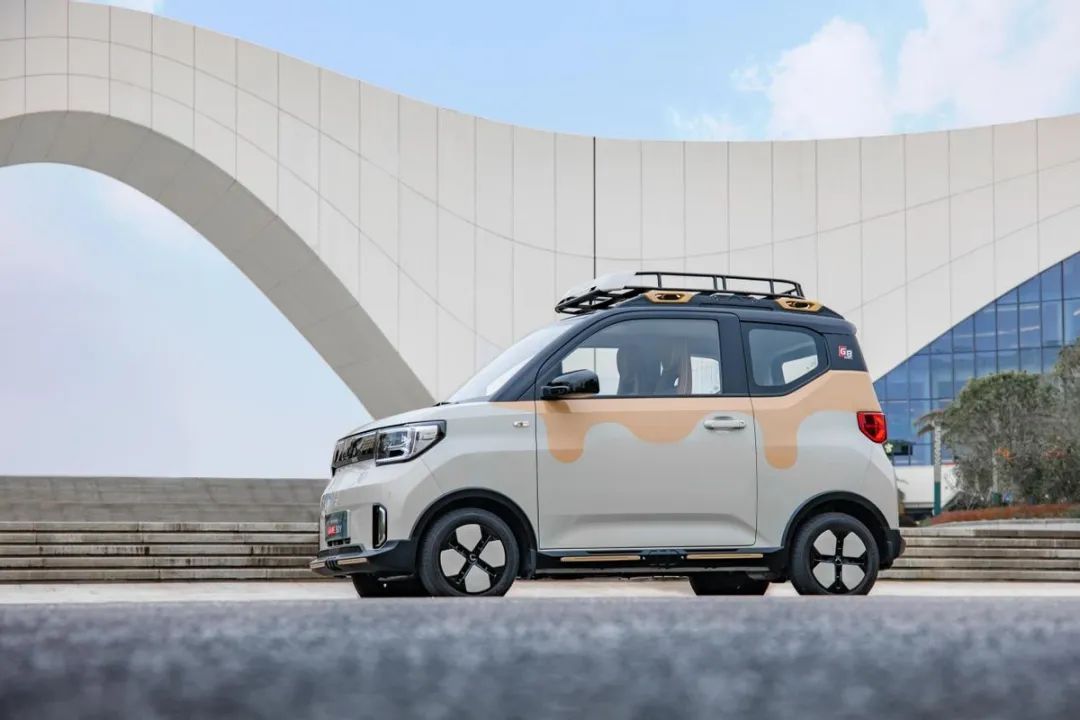
In 2022, A00-class vehicles also experienced price increases. However, in 2025, with the price war intensifying and automotive market prices continuing to decline, where "a D-class SUV can be sold for a price similar to a B-class SUV, and a C-class sedan can compete with an A-class sedan" in the era of new energy vehicles, price increases for A0-class and A00-class vehicles have become a luxury. They now face the pressure of A-class vehicles gradually approaching their prices and providing cross-segment competition.
Against this backdrop, micro and small cars can only reduce prices to maintain their price advantage and achieve volume through price cuts. Some extreme cases have even pushed prices into the 20,000 yuan range. However, under this low-price strategy, not only are profits per vehicle further compressed, but market competition will also desensitize consumers to price reductions, making it difficult to ensure effective sales growth. In this context, micro and small cars that fail to reach the baseline sales volume face the dilemma of running alongside while losing money.
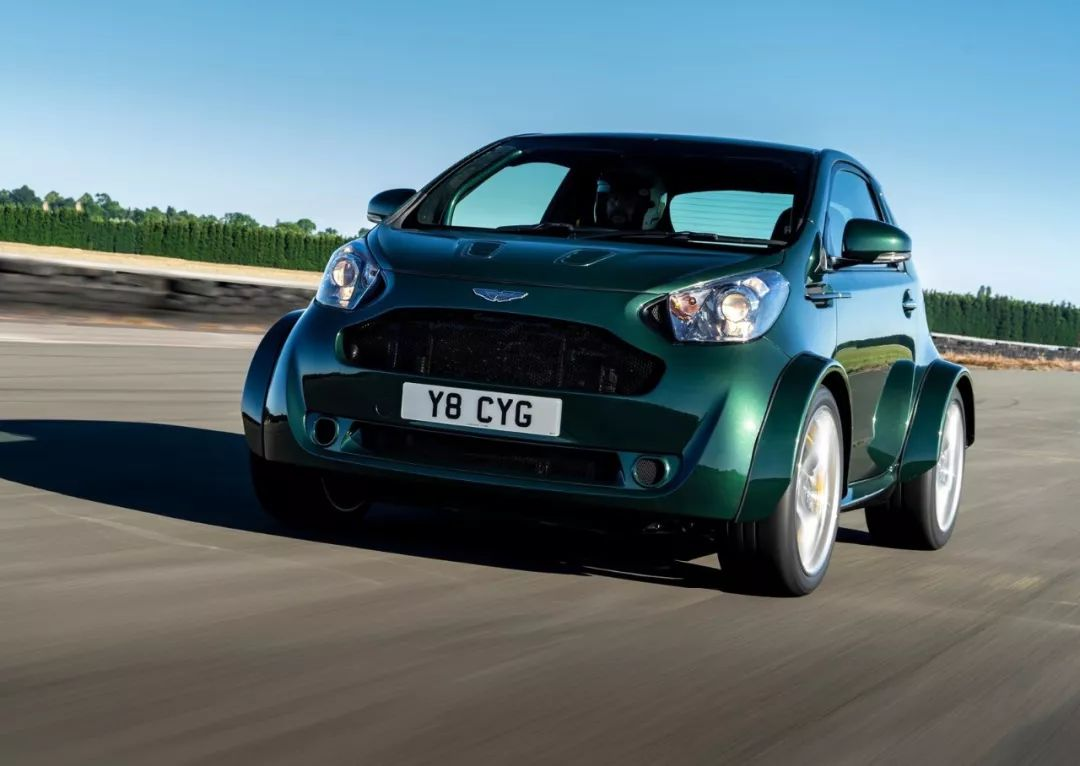
Taking the Ora brand as an example, in 2021, Ora sold 135,000 vehicles, accounting for 98.5% of Great Wall Motors' total new energy vehicle sales. However, the Ora brand failed to shoulder the responsibility of Great Wall Motors' transformation. Behind its popularity, Great Wall Motors' performance declined. In 2019, Great Wall Motors' operating revenue and net profit attributable to shareholders were 96.211 billion yuan and 4.497 billion yuan, respectively, down 3.04% and 13.64% year-on-year.
For this reason, Wei Jianjun decisively prioritized profit over volume. By 2024, Ora's sales had declined to 63,300 units, a decrease of 71,700 units from 2021 and a significant year-on-year decline of 41.69%. In terms of overall sales, Great Wall Motors sold 1.2333 million vehicles in 2024, a slight year-on-year increase of only 0.21%.
Although the annual sales volume remained largely unchanged, Great Wall Motors achieved a surge in profits. The annual report shows that in 2024, Great Wall Motors achieved total operating revenue of 202.195 billion yuan, an increase of 16.73% year-on-year; net profit attributable to shareholders was 12.692 billion yuan, an increase of 80.76% year-on-year; and net profit after deducting non-recurring gains and losses was 9.735 billion yuan, an increase of 101.40% year-on-year.
This also means that after Wei Jianjun reduced the production and sales of unprofitable Ora vehicles, Great Wall Motors' net profit per vehicle returned to above 10,000 yuan after many years.
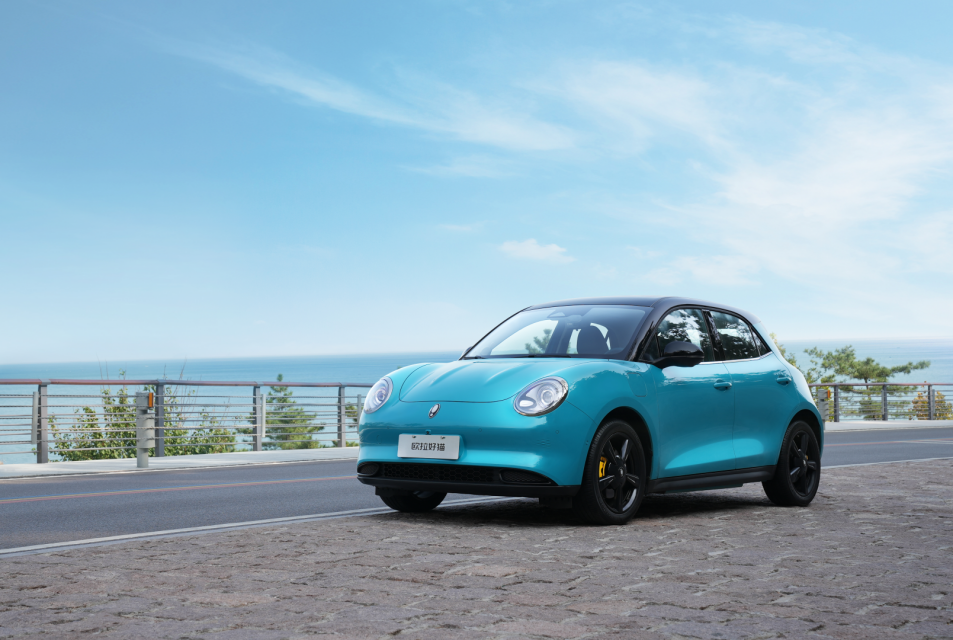
As for the small-but-beautiful route of high-end small cars, whether it can successfully navigate the Chinese market remains questionable. On one hand, Chinese consumers' pursuit of larger vehicle sizes is increasing, which also limits the audience for even the most boutique small cars. Against this backdrop, the product size of smart has gradually increased to meet consumer demand. On the other hand, the higher selling prices of high-end small cars doom them to be unable to expand their sales volume. In sales rankings within their segment, it's rare to find high-end small cars near the top.
Furthermore, the pervasive impact of the price war on the automotive market also affects the pricing of high-end small cars. After the cold reception of the pure electric COOPER and pure electric ACEMAN, BMW MINI reduced prices by up to 40,000 to 70,000 yuan, bringing the starting prices of the two models to 148,800 yuan and 163,900 yuan, respectively. And price reductions mean sacrificing profits.
It's not just micro and small cars; the dilemma of difficulty in profitability is prevalent in every segment, evidenced by the 4.3% profit margin in the automotive industry. However, as the lowest price range, the market dynamics of micro and small cars are not only a classic microcosm of the automotive market's price wars but also a glimpse into its inevitable future. Conversely, where it will ultimately go and how it will end? All predictions about price wars are also extremely applicable to this situation.
The only certainty is that before the price war ceases, the dilemma of small cars selling well but struggling to make money will persist.
Editor-in-chief: Du Yuxin, Editor: He Zengrong







